1.) project goals ---DONE
2.) product specifications ---DONE
3.) order(and wait) --- DONE
4.) disassemble parts and specify space constraints ---DONE
5.) trace and document important signals -- DONE
6.) make connections and mount hardware -- DONE
7.) software
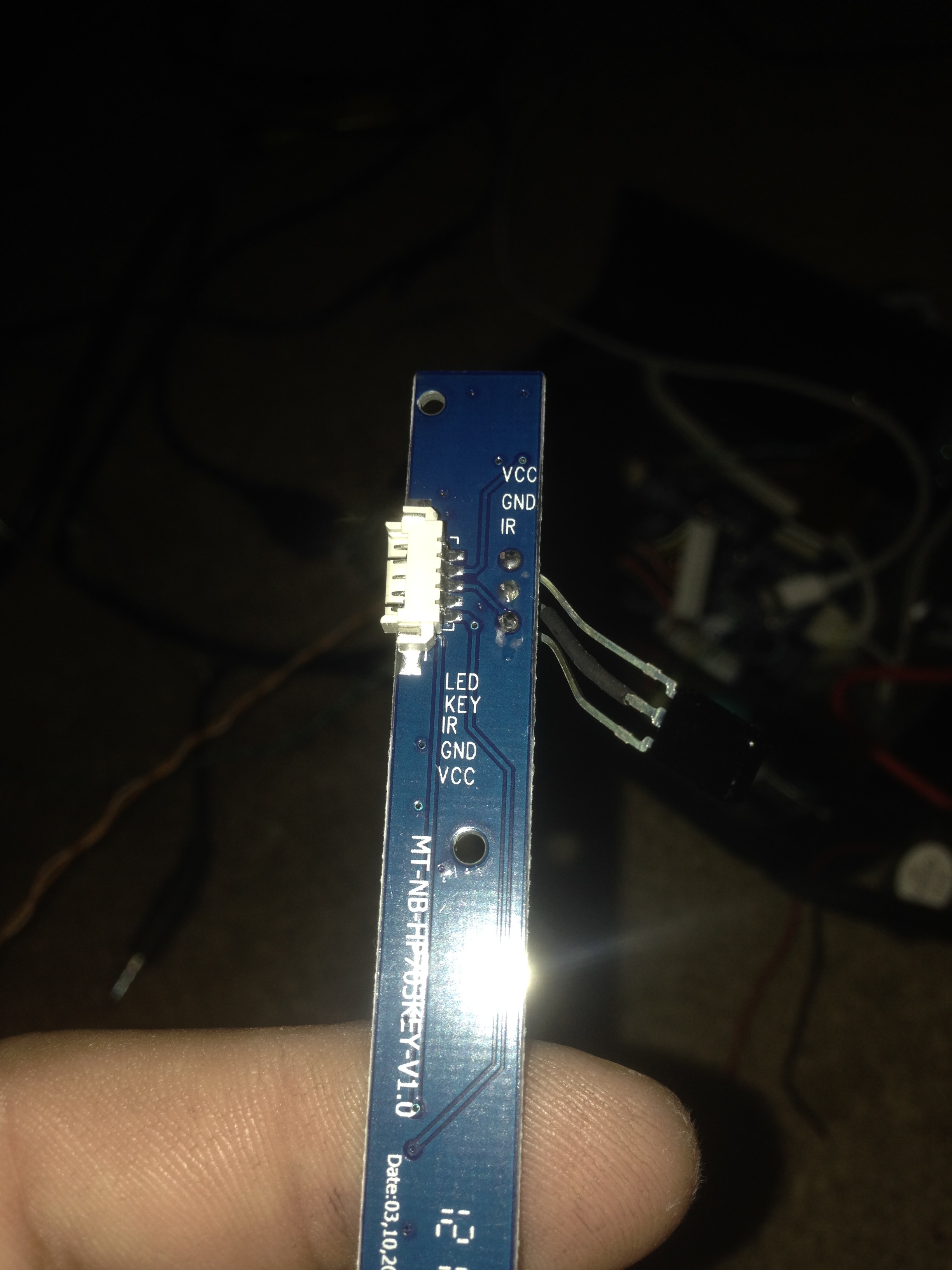

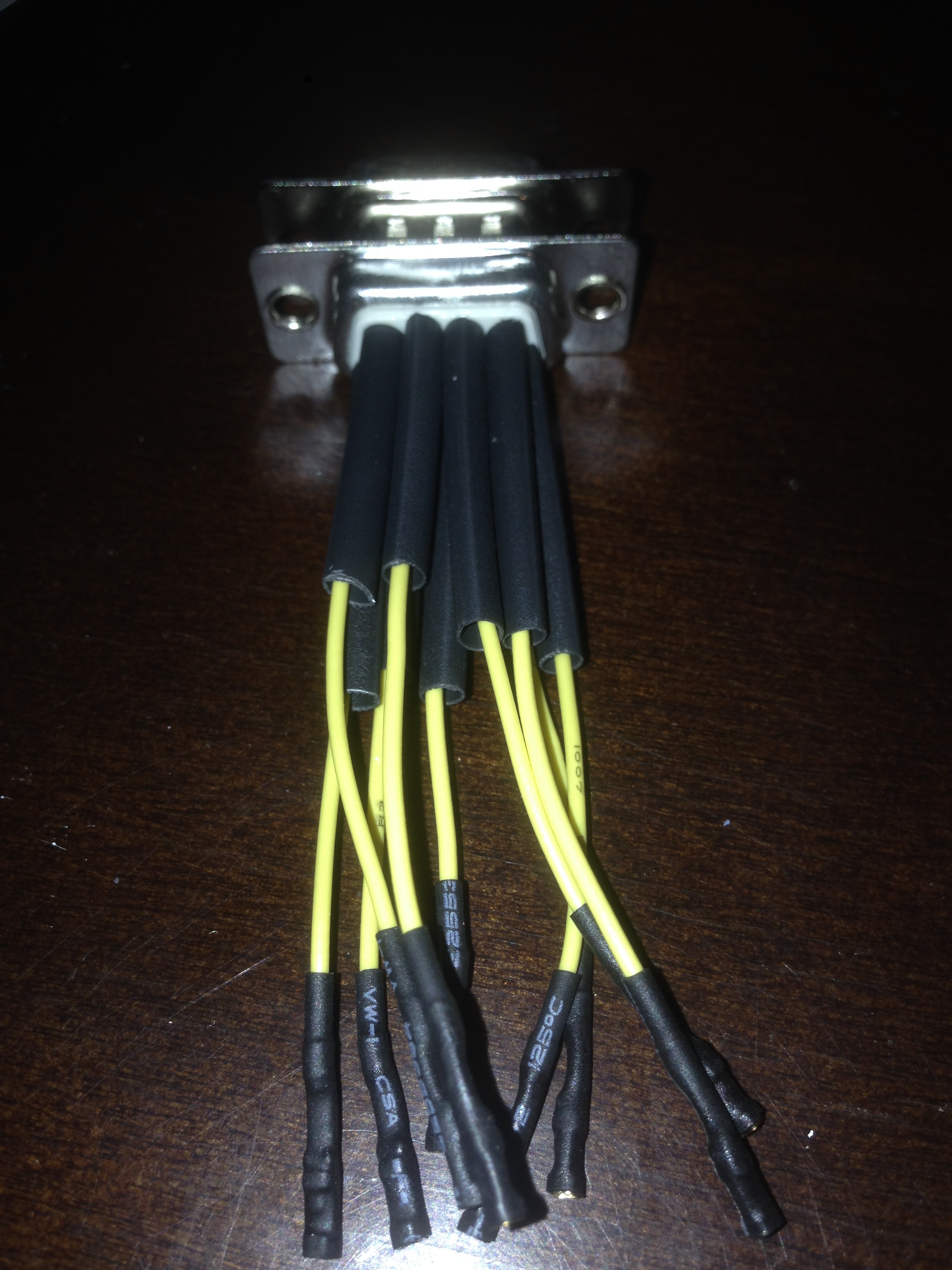
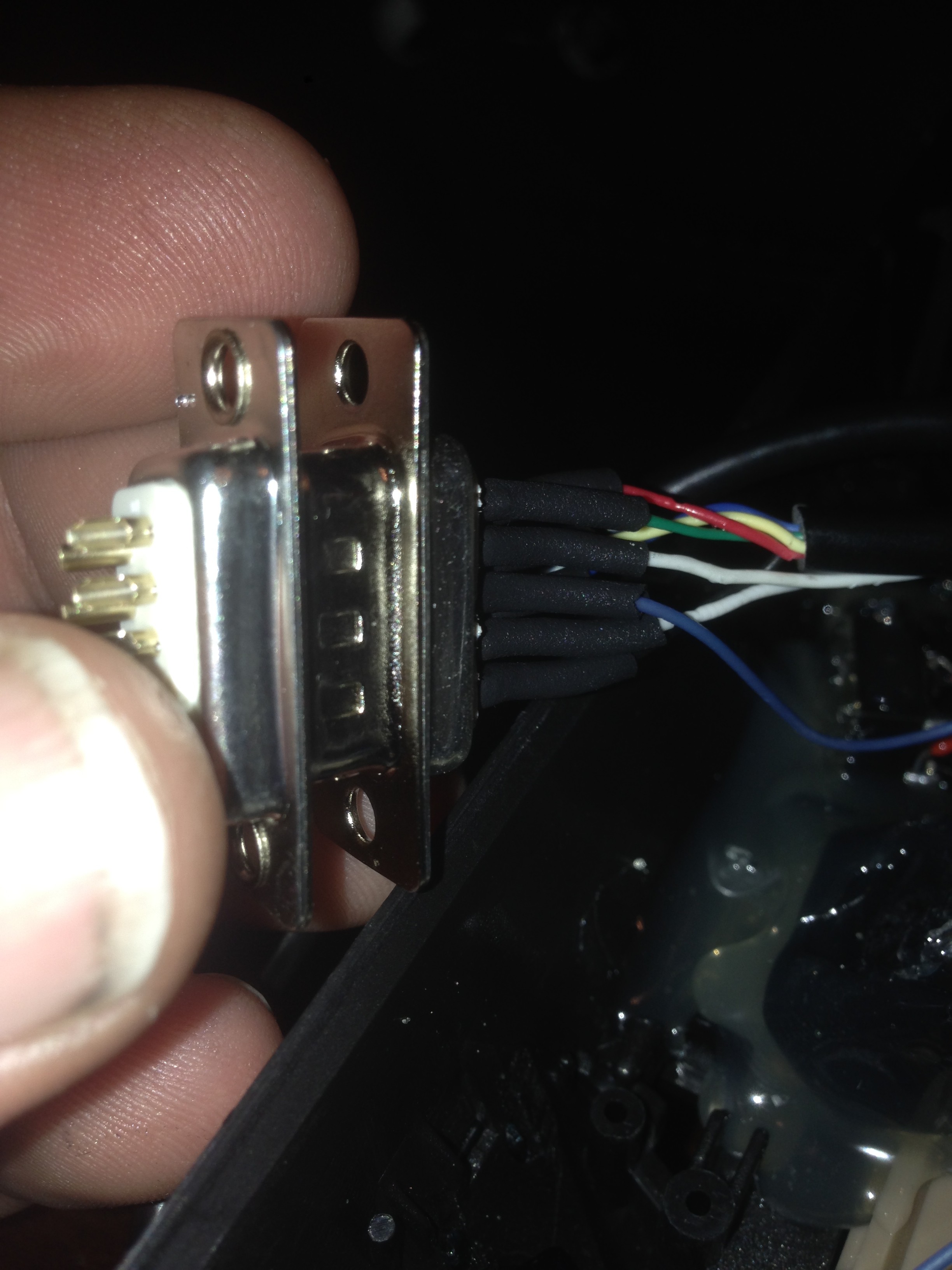
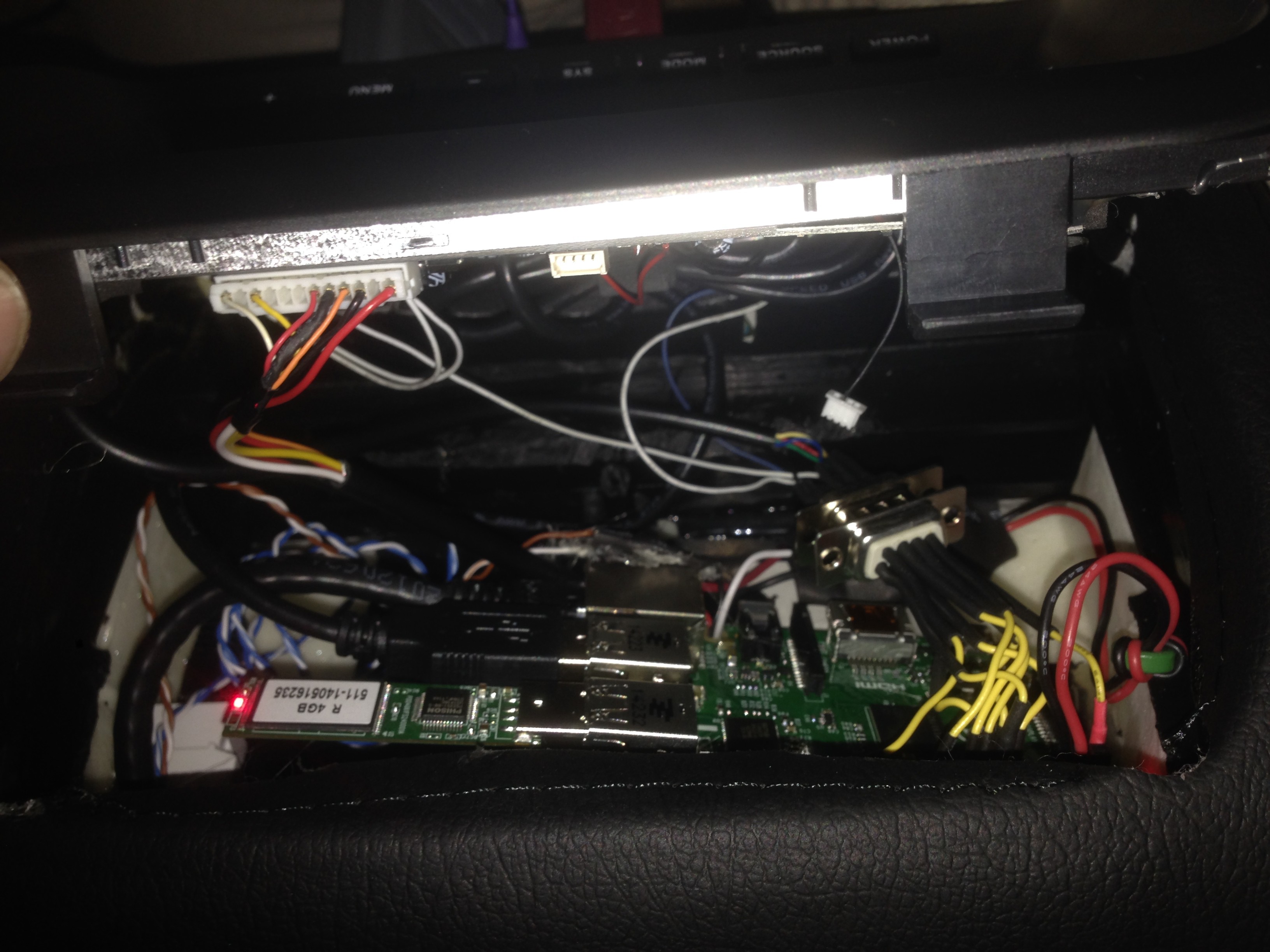
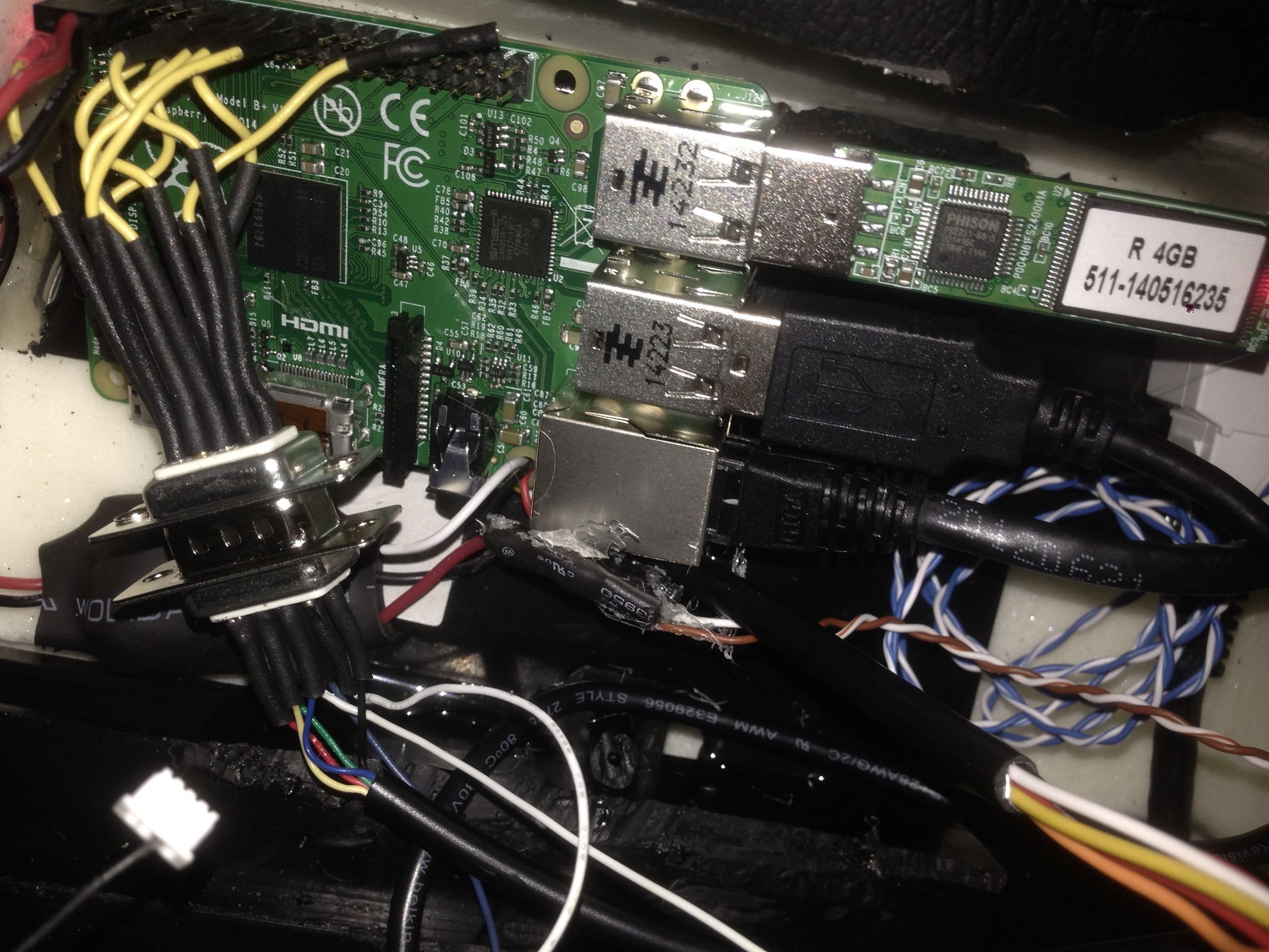
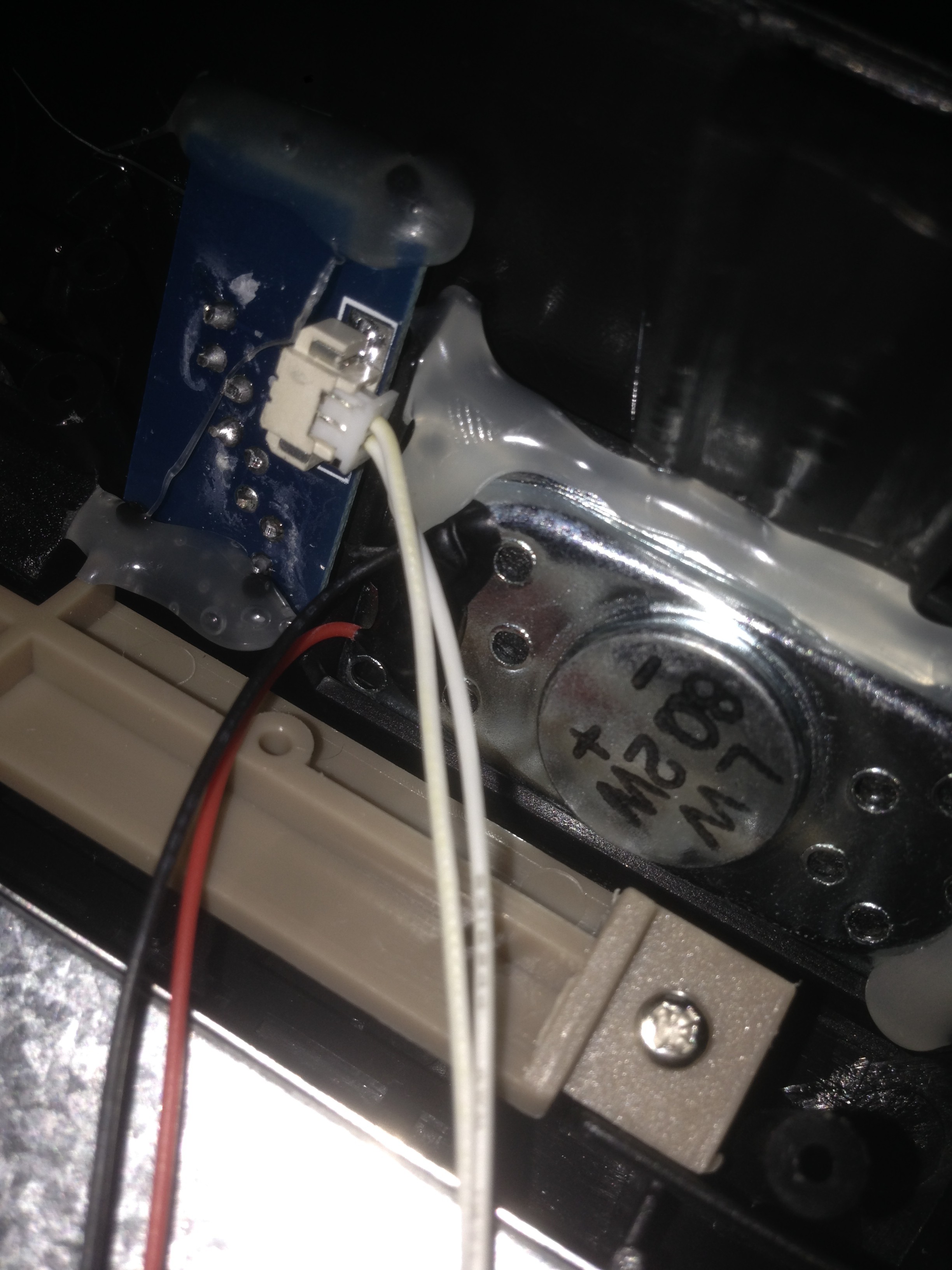
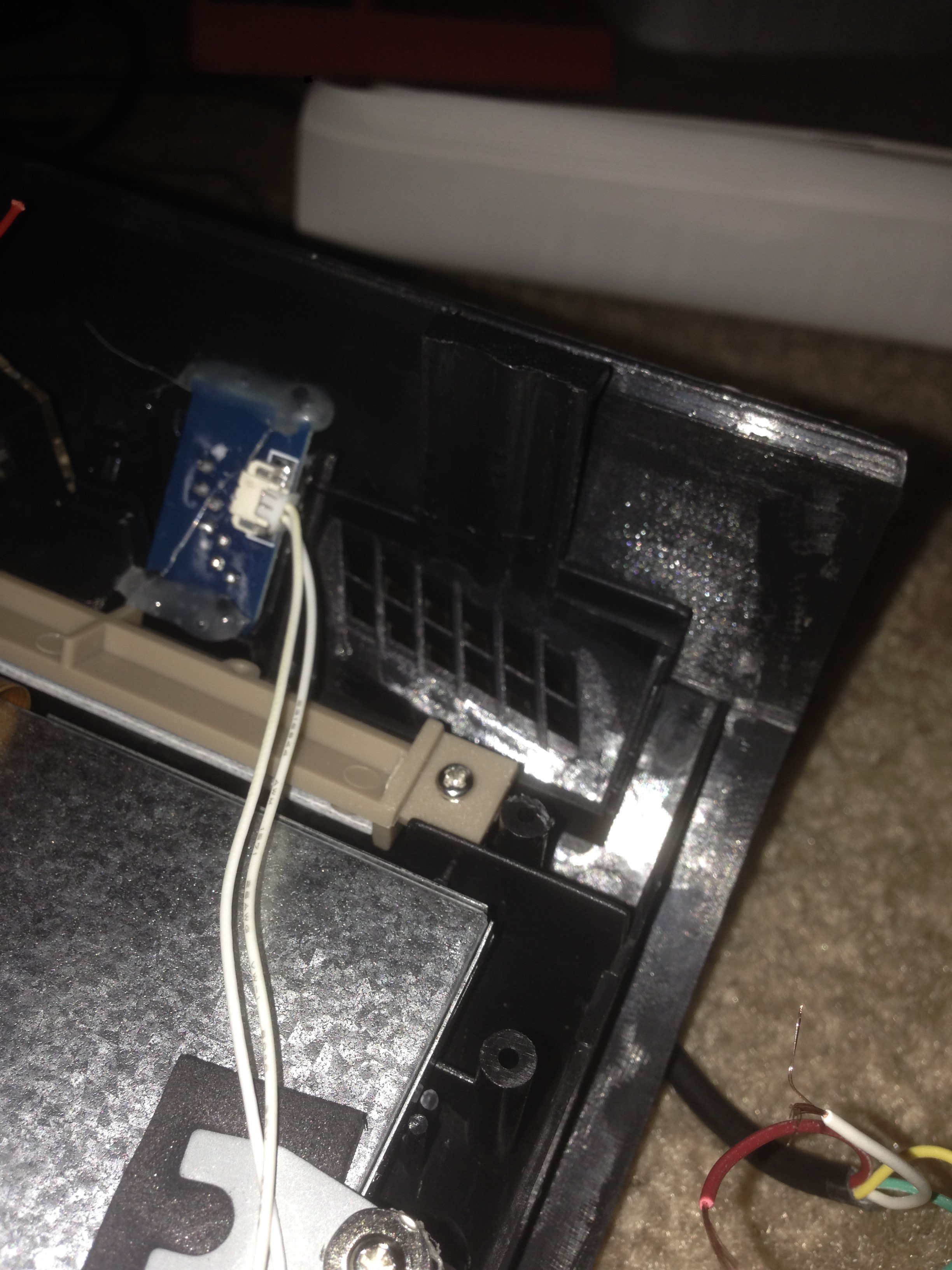

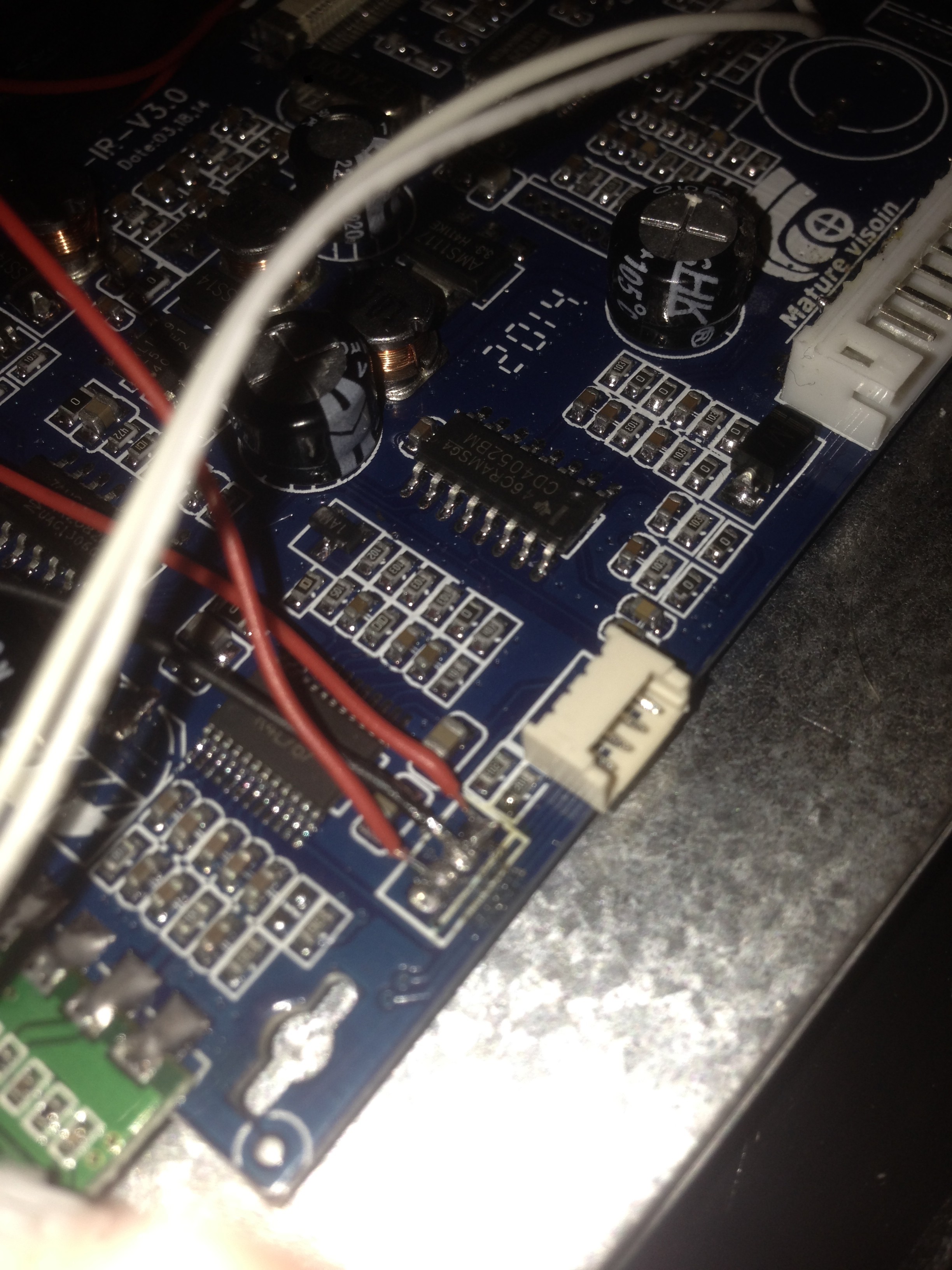
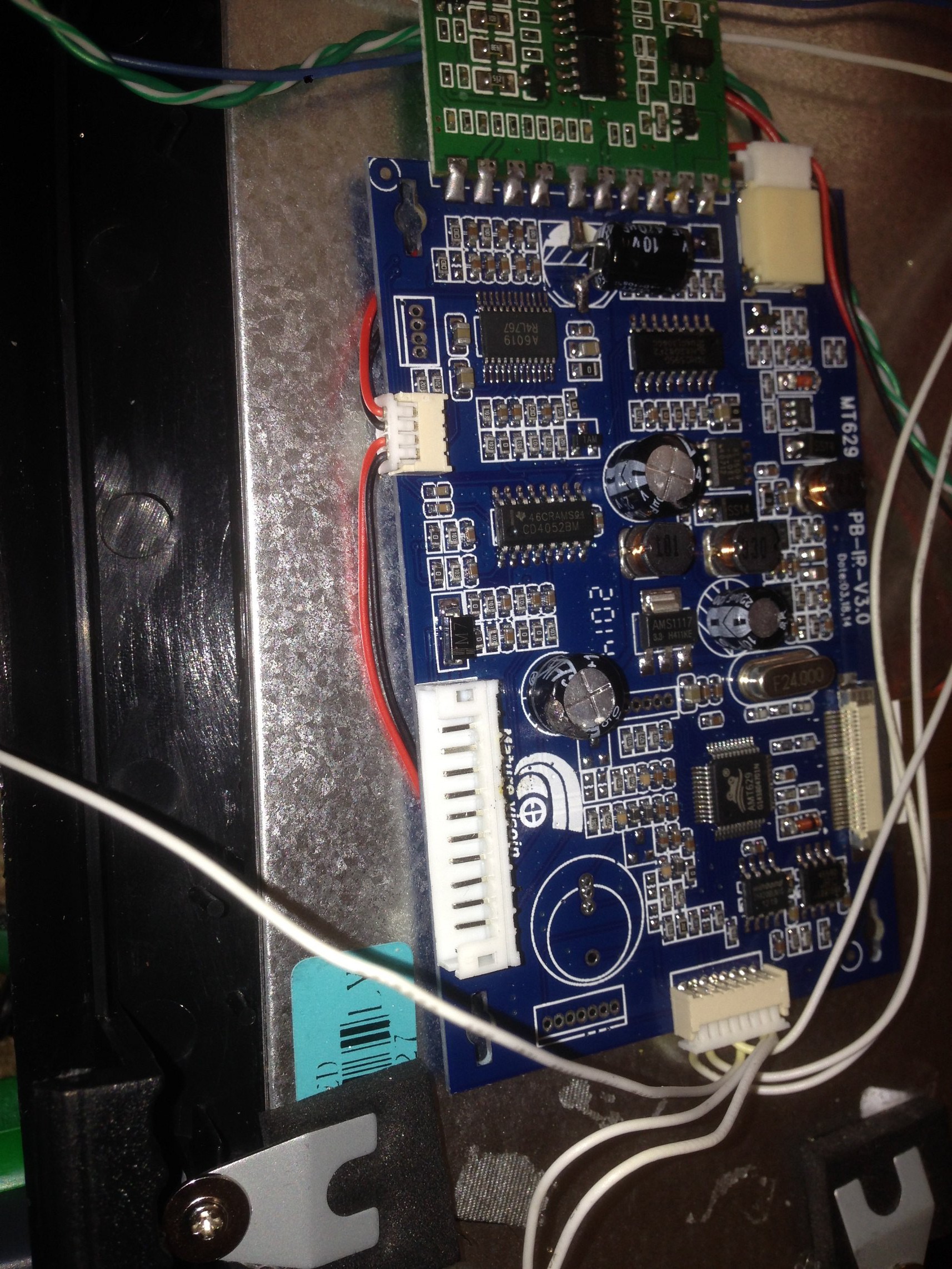


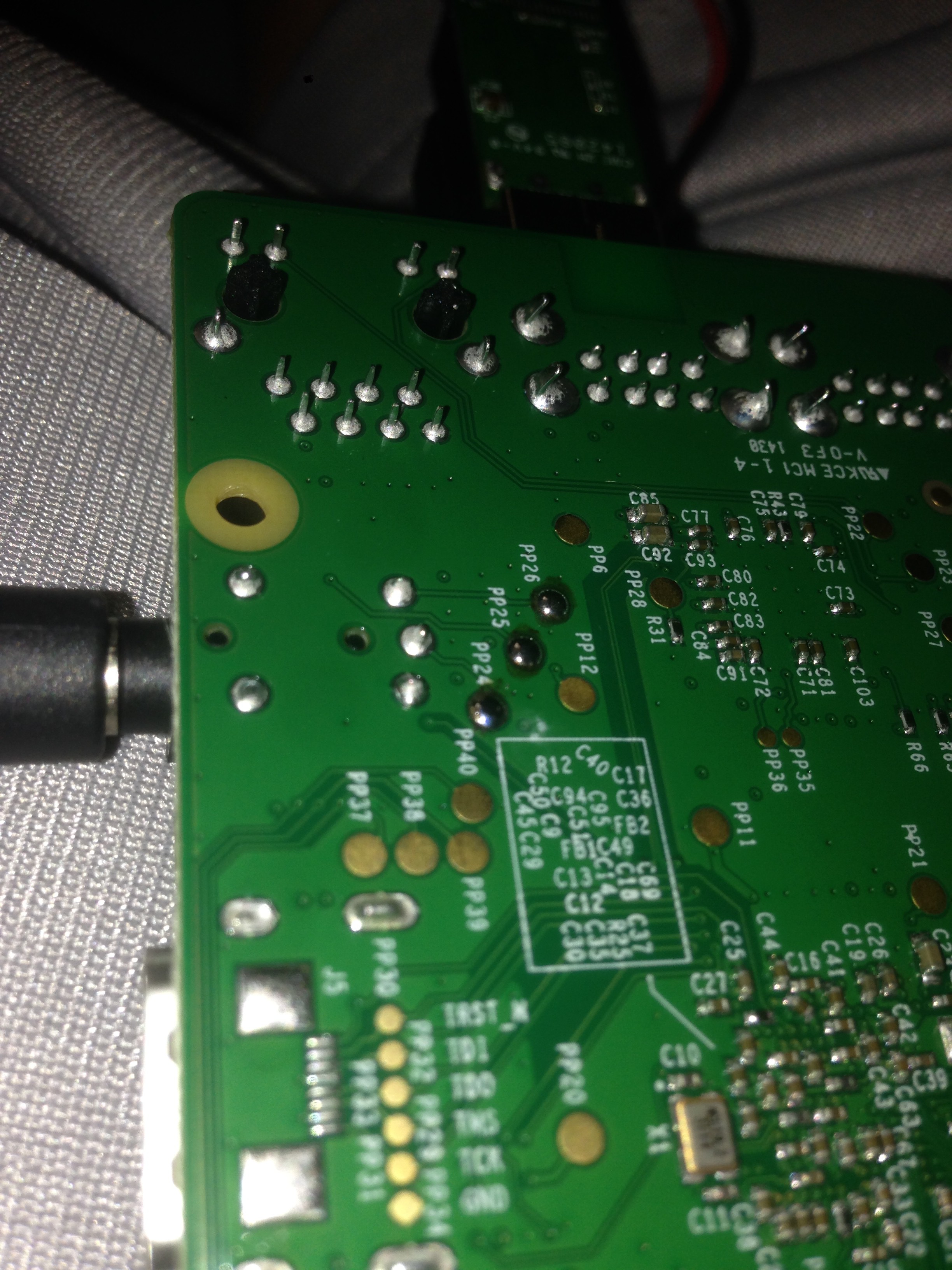
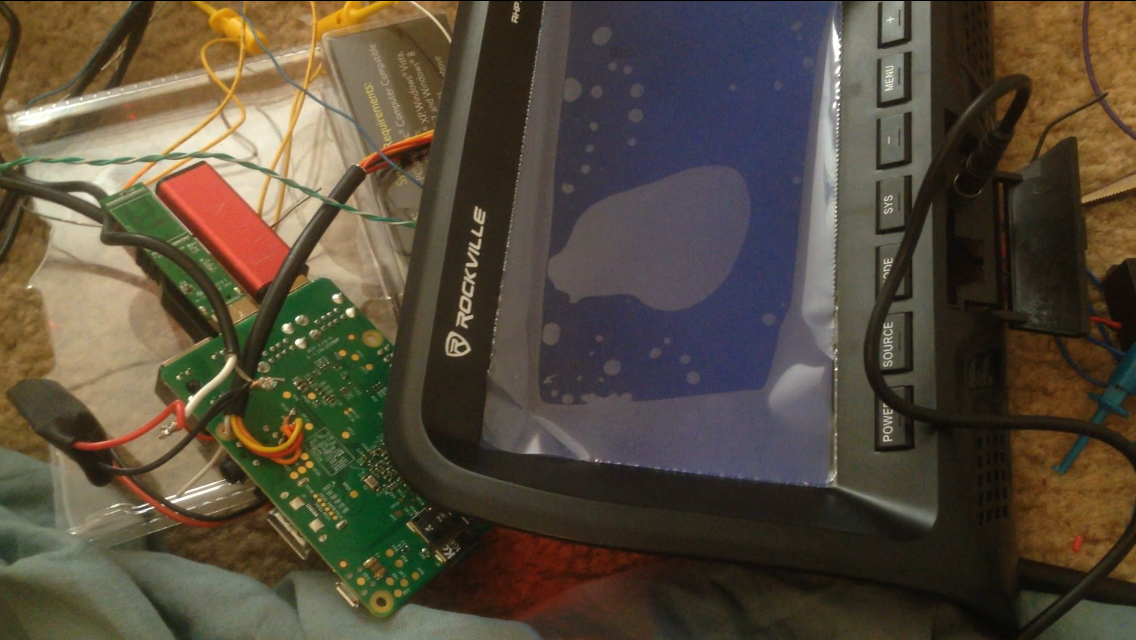

 Jorge Miar
Jorge Miar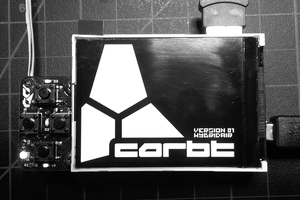
 HybridAir
HybridAir
 Andrew Bills
Andrew Bills
 Retroplayer
Retroplayer
Hi. Great job! I'm also trying to get SNESDEV to work with Kodi and was wondering if you wouldn't mind sharing your SNESDEV build or the code you used to get an SNES controller to work with Kodi. Thanks.